How To Free Stuck Engine? 12 Easy Steps
Are you looking for a How To Free Stuck Engine? Engines may seize due to low/no oil, overheating, or a broken timing belt. Rust on cylinder walls from prolonged inactivity can also cause seizures. Recognizing the cause is essential for effective remediation.
Key Takeaways
- Identifying the cause of a seized engine is crucial for appropriate measures.
- Regular maintenance and oil changes can prevent engine seizures.
- Different methods exist for freeing rusted, hydrolocked, and vapor-locked engines.
- In some severe cases, engine replacement might be necessary.
How To Free Stuck Engine? Step-by-Step Guide to Freeing a Seized Engine
To free a stuck engine, follow these comprehensive steps:
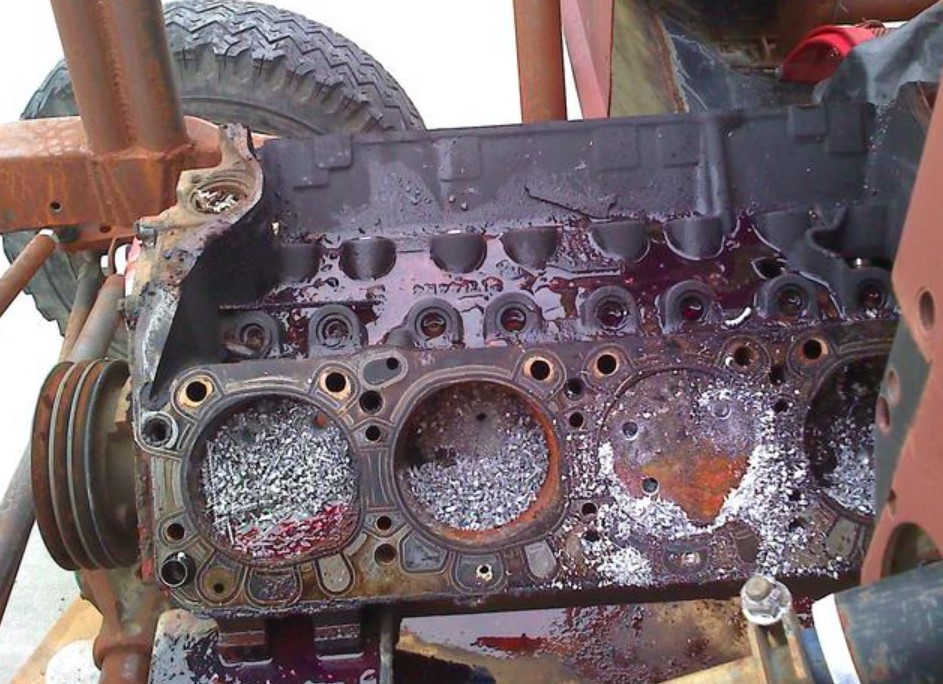
- Diagnose the Problem: Identify the cause of the engine being stuck. Common reasons include lack of oil, overheating, or rust due to prolonged inactivity. This diagnosis will guide your approach to fixing the issue.
- Gather Tools and Materials: Ensure you have the necessary tools, such as a breaker bar, socket set, combination wrench set, and screwdrivers. You will also need penetrating oil, gasket sealant, and possibly replacement gaskets.
- Disconnect External Accessories: Remove any belt-driven accessories like the alternator, power steering pump, or water pump. This reduces drag on the crankshaft, making it easier to turn the engine manually.
- Equalize Pressure: Remove the spark plugs to relieve any built-up pressure within the engine cylinders. This step is crucial as it makes it easier to manually turn the engine. Remember to label the spark plug wires for correct reassembly.
- Apply Penetrating Oil: Spray a generous amount of penetrating oil into the cylinders through the spark plug holes. Penetrating oil helps to loosen rust and corrosion, making it easier to free the engine parts. Allow the oil to soak in for several hours or even days, depending on the severity of the rust.
- Manually Turn the Crankshaft: Attach a socket to the crankshaft bolt and use a long-handled breaker bar to turn the crankshaft. Attempt to rotate it gently back and forth. If the engine does not budge, apply more penetrating oil and wait longer before trying again.
- Inspect and Clean Internal Components: If the engine still won’t turn, further disassembly may be required. Remove the valve covers and inspect internal components like rocker arms and push rods for signs of damage or excessive rust.
- Reassemble the Engine: Once the crankshaft moves freely, reassemble the engine. This includes putting back the valve covers, rocker arms, push rods, and spark plugs. Ensure all components are correctly installed and torqued to the manufacturer’s specifications.
- Replace Gaskets and Seals: During reassembly, replace any gaskets or seals that were disturbed. This prevents future leaks and ensures proper engine functioning.
- Test the Engine: After reassembly, attempt to start the engine. If it starts and runs smoothly, the issue is likely resolved. If it does not start or runs poorly, further diagnostic work may be needed to identify and fix other potential issues.
- Consult a Professional: If these steps do not free the engine or if you are not comfortable performing them, it is advisable to consult a professional mechanic. They can provide a more detailed assessment and perform the necessary repairs.
- Preventive Maintenance: To prevent future occurrences, adhere to regular maintenance schedules, including timely oil changes and proper engine storage if the vehicle is idle for extended periods.
Each of these steps plays a crucial role in addressing a stuck engine. The process requires patience, mechanical knowledge, and the right tools. In cases of severe damage or uncertainty, professional assistance is highly recommended.
Tools and Materials Required
- Tools: Breaker bar, wrench set, screwdrivers, socket set.
- Materials: Gasket sealant, masking tape, pen, penetrating oil, replacement gaskets.
Causes of Engine Seizure

Lack of Oil
Insufficient oil leads to metal-on-metal friction, causing heat and damage to engine components. Symptoms include a burning oil smell, overheating, and reduced performance.
Lack of Circulation
A faulty oil pump inhibits proper oil circulation, risking seizure. Indicators include increased engine temperature and loud engine noises.
Lack of Use
Prolonged inactivity leads to rust, causing the piston rings to stick. Symptoms are non-responsive engines despite functioning interior lights and key ignition.
Hydrolock and Vapor Lock
Hydrolock occurs when water enters the cylinder, preventing piston movement. Vapor lock happens when fuel becomes too hot, converting to gas unsuitable for engine operation.
Preventative Measures
Regular maintenance and oil changes are critical. Be alert to changes in engine sounds and performance, seeking professional diagnosis when necessary.
How Do You Unjam An Engine?
To unjam or unseize an engine, the process generally involves several key steps. Firstly, determine the cause of the seizure. Common reasons include lack of lubrication, overheating, or internal rust. If the seizure is due to rust, you can try manually rotating the crankshaft using a breaker bar.

Remove the spark plugs to release any built-up pressure, and apply penetrating oil to the cylinders. Let the oil sit for some time to loosen the rust. If this doesn’t work, further mechanical disassembly might be necessary.
It’s important to note that if the engine is seized due to overheating or lack of oil, the damage might be more severe, and professional help might be required.
What Is The Best Lubricant To Unseize An Engine?
The most effective lubricant for unseizing an engine is a high-quality penetrating oil. These oils are specifically formulated to penetrate and lubricate tight spaces, making them ideal for loosening rusted components in a seized engine.
Popular brands include WD-40, PB Blaster, and Liquid Wrench. They help to break down rust and corrosion, allowing the parts to move freely again.
It’s important to apply the oil and give it enough time to work, which could range from a few hours to a couple of days, depending on the severity of the seizure.
Can A Locked Engine Be Unlocked?
Yes, a locked engine can often be unlocked, but the success largely depends on the cause and severity of the lock. For engines locked due to rust or minor mechanical issues, methods like using a breaker bar to manually turn the crankshaft or applying penetrating oil can be effective.

However, if the engine is locked due to severe mechanical failures, such as a broken timing belt or extensive overheating causing internal parts to fuse, unlocking the engine might require significant repairs or even a complete rebuild. In these cases, a professional assessment is recommended to determine the viability and cost-effectiveness of the repair.
How Do You Free Up A Seized Small Engine?
Freeing up a seized small engine involves similar steps to larger engines but on a smaller scale. Begin by identifying the cause of the seizure. If it’s due to rust, remove the spark plug and apply a liberal amount of penetrating oil into the cylinder. Allow the oil to sit and penetrate the rust.
After a few hours, try gently turning the engine over by hand or using a wrench on the crankshaft pulley. If the engine remains stuck, additional applications of penetrating oil and gentle tapping on the piston with a wooden dowel can help loosen it.
It’s crucial to proceed cautiously to avoid causing additional damage. For more complex issues or if these methods don’t work, consulting a professional is advisable.
Conclusion
Preventive maintenance is key to avoiding engine seizures. Regular oil changes and attention to engine performance can save costly repairs and extend engine life. Implementing these steps ensures a healthy, functional engine, reflecting the importance of routine care and awareness.
Frequently Asked Questions
Is it worth repairing a seized engine?
This depends on the extent of the damage and the value of the vehicle. Minor rust-induced seizures might be worth fixing, especially in valuable or sentimental vehicles. However, extensive damage, especially in older or lower-value cars, might not justify the cost of repair or replacement.
What should I do if my engine still won’t turn after applying penetrating oil?
If the engine doesn’t turn even after applying penetrating oil, it may indicate more severe internal damage. In such cases, professional assessment and possibly an engine rebuild or replacement might be necessary.
Can engine additives help prevent seizing?
Yes, certain engine additives can help maintain oil viscosity, reduce friction, and provide better lubrication, which can help prevent engine seizing. However, they should be used as per the manufacturer’s recommendations and not as a substitute for regular oil changes.
How often should I change my engine oil to prevent seizing?
The frequency of oil changes can vary based on your vehicle model and usage, but a general rule is every 3,000 to 5,000 miles or as recommended in your vehicle’s owner’s manual. Regular oil changes are crucial to prevent seizing due to oil-related issues.

Welcome to the exhilarating world of Matt Rex, a professional car racer turned renowned vehicle enthusiast. Immerse yourself in his captivating blog as he shares heart-pounding adventures, expert reviews, and valuable insights on cars, trucks, jets, and more. Fuel your passion for speed and discover the beauty of vehicles through Matt’s engaging stories and meticulous expertise. Join the ever-growing community of enthusiasts who find inspiration and expert advice in Matt Rex’s blog—a digital hub where the thrill of speed meets the pursuit of knowledge.


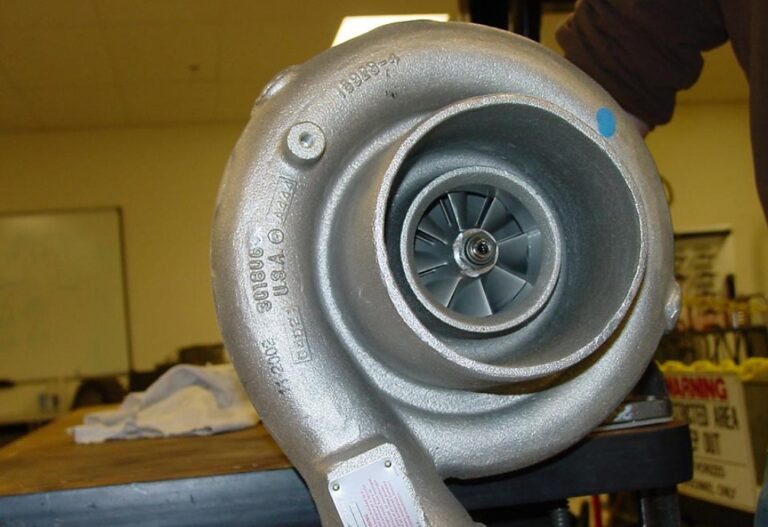
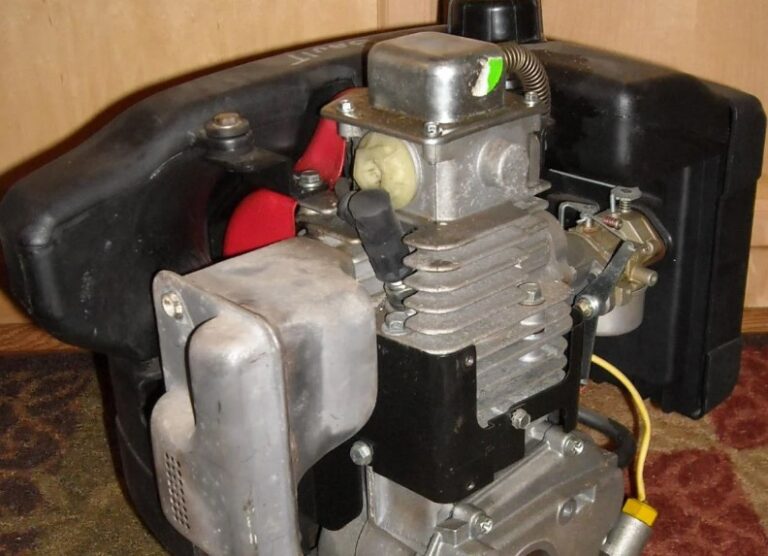
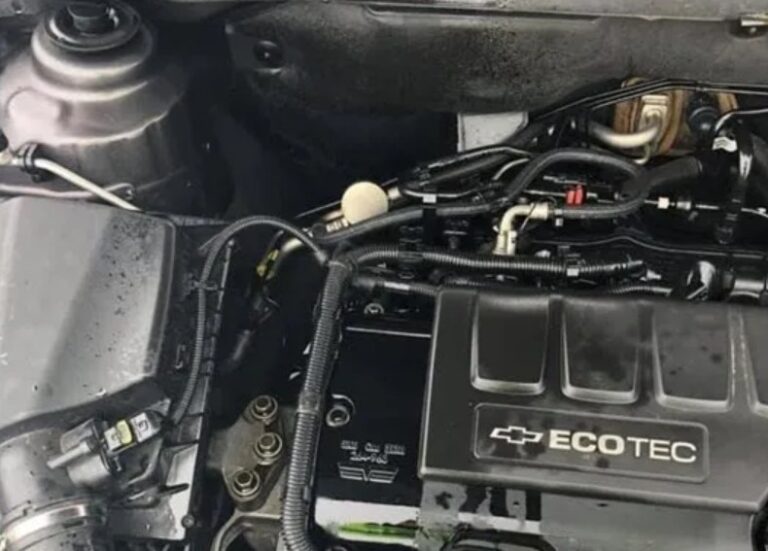
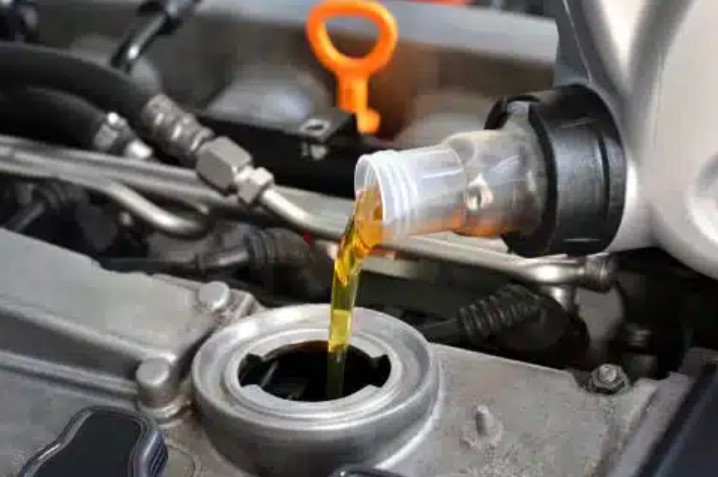
![Common Problems With DT466 Engine [Explained]](https://www.turbochaos.com/wp-content/uploads/2024/01/Common-Problems-With-DT466-Engine-768x621.jpg)
